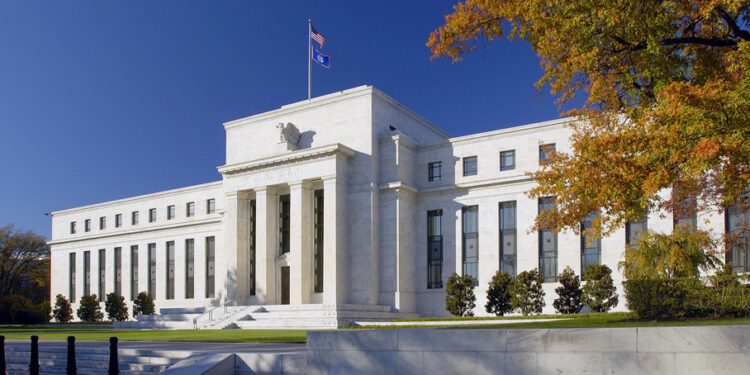The Fed published its November financial stability report highlighting the main short-term and structural risks o the US financial system.
Notable takeaways are that the Fed has seen a general rise in the price of risky assets compared to expected cash flows. Especially the housing market has seen rapid increases in prices since May, outstripping increases in rent. According to the Fed, “Asset prices remain vulnerable to significant declines should investor risk sentiment deteriorate, progress on containing the virus disappoint, or the economic recovery stall.”
According to the report the most cited potential shocks cited by the Fed’s market contacts in the fall of 2021 are: persistent inflation, vaccine resistant variants, China regulatory/property risks, US-China tensions and cryptocurrencies/stable coins.
Relative to the spring 2021 financial stability report the risk of a correction in asset valuations has faded, while the regulatory and property risks in China have been added to the potential shocks. This emergent risk is largely linked by respondents to the Chinese de-risking campaign focusing on reducing leverage in the property development sector.
“Respondents focused largely on the extent to which the authorities would take measures to avert a disorderly default at Evergrande, the country’s largest property developer, and attenuate broader property-sector and financial system stress,” notes the report.
By Staff












